Renewable energy is crucial for a sustainable future, among which solar and wind energy are two of the most promising participants in the Philippines’ journey to build a country inclined towards clean and green energy. As the demand grows the country aims to raise its share in the energy mix up to 35% by 2030 and up to 50% by 2050.
Solar and Wind energy both offer clean, eco-friendly energy solutions, but they differ in terms of technology, installation, efficiency, and costs. In this blog, we capture the benefits, workings, and considerations for each of these energy sources individually. By the end, you’ll clearly understand how they compare and which one might suit you best.
How Does Solar Energy Work?
Solar energy heavily relies on harnessing the rays of the sun and converting them into electricity. This process is made possible by photovoltaic (PV) panels that are installed on rooftops or mounted on the ground. The PV cells in these panels absorb sunlight, creating direct current (DC) electricity, which is then converted into alternating current (AC) via inverters for use in homes and businesses.
As a cleaner alternative to combat climate change, solar energy in the Philippines is pivotal in changing the global energy landscape plagued by environmental crises and providing resilience during disasters. With ambitious targets for solar energy production, the country aims to increase its solar capacity, particularly in regions such as Luzon, Visayas, and Mindanao.
Benefits of using Solar energy
The steadily rising global capacity of solar technology coupled with its proven benefits underscores the need for rapid expansion of solar technology in the country. Here are a few benefits of going solar in the Philippines.
1. Limitless power supply
The sun’s rays are abundant on this planet and so is solar energy. As long as the sun is shining, we can harness its power easily. Unlike fossil fuels, solar energy is a renewable resource that we can rely on for a billion years. This means no depletion worries and a consistent, eco-friendly energy supply to meet future demands.
2. Lowers your electricity bills
With solar panels, you can significantly reduce your electricity bills. With free energy from the sun, once the solar system is installed at your home, every kilowatt-hour of solar power you use is one less you need to purchase from your utility provider. Over time this can lead to potential savings and prove as cost effective to you. You can also read our blog on 7 Ways to Reduce Your Electricity Bill at Home.
3. Boosts Property Value
Installing solar panels can be beneficial for homes and businesses as these can increase the value of your property. Buyers are willing to pay more for properties that come with the guarantee of a secured future.
4. Reduces Carbon Footprint and Pollution
As one of the cleanest power sources available, solar energy doesn’t emit any greenhouse gases or harmful pollutants while generating electricity. This makes it an essential tool in the fight against climate change. Hence, by switching to solar, you are actively reducing your carbon footprint and contributing to a healthier planet.
Also, check out our blog on Top 10 Benefits of Using Solar Energy In Your Office.
Wind Energy: How Does It Work?
Wind energy is generated by wind turbines, which convert the kinetic energy of the wind into electricity. When the wind blows, it turns the blades of the turbine, which spin a rotor connected to a generator. This generator then converts mechanical energy into electrical power.
The Philippines is unlocking its wind energy potential as part of its goal to reach 15.3 GW of renewable capacity by 2030. With 178 GW of offshore wind potential, wind energy offers a solution to the country’s rising electricity demand and high energy costs.
Benefits of using Wind energy
Wind energy is rapidly becoming one of the most popular renewable energy sources due to its numerous benefits. With continued innovation, wind energy is poised to play an even larger role in reducing carbon emissions and addressing climate change. Here are a few benefits of wind energy in the Philippines.
1. Reduced Greenhouse Gas Emissions
Wind turbines harness energy from the wind using mechanical power to spin the generator and create electricity. Wind is an abundant, inexhaustible resource, and it also provides electricity without burning fuel or polluting the air, making it a clean and eco-friendly energy source.
2. Wind energy and Agriculture
Wind turbines are often placed on farmland or open land without disrupting agricultural activities. This dual land use allows farmers to continue growing crops and raising livestock while balancing the grounds for sustainable farming and renewable energy.
3. A boost for local economies
Wind energy is good for both the environment and the economy. Wind farm development brings jobs to local communities, from the construction phase to long-term maintenance roles. This income generated from leasing land for wind turbines can provide rural areas with financial support.
4. Maximizing Impact
Wind energy has an impressive energy-to-size ratio. In favorable conditions, a single turbine can generate enough electricity to power thousands of homes. Modern wind turbines are designed to maximize efficiency, ensuring that a small number of turbines can make a big impact, especially when installed in strategic locations.
Solar energy vs. wind Energy: A comparison
Whether basking in the sun or catching the wind, these renewable resources are here to power our lives and lighten our ecological footprint. Here is a comparison between solar energy and wind energy.
|
Aspect |
Solar energy |
Wind energy |
|
1. Installation |
Rooftops or open land since sunshine is available everywhere. | Requires open spaces with good wind exposure, like hilltops or plains. |
|
2. Preferred Locations |
Great in sunny regions or where solar farms can be built. | It is ideal in coastal areas or plains with strong, consistent winds. |
|
3. Maintenance |
Minimal maintenance is required, mainly cleaning the panels. | Regular checks on turbines; requires more upkeep due to moving parts. |
| 4. Lifespan | Solar Panels last about 25-30 years. | Wind Turbines typically last 20-25 years. |
| 5. Future Potential | It is expanding rapidly with new technologies and innovations. | It continues to grow, especially offshore wind farms, harnessing stronger winds. |
Conclusion
Choosing between solar energy and wind energy largely depends on your location, energy needs, and budget. While Solar energy tends to be more accessible and is often the preferred choice, Wind energy can be more expensive and dependent on specific locations.
But besides their differences, both solar energy and wind energy are crucial for reducing reliance on fossil fuels and escalating towards a sustainable future. Whether you choose to reduce your carbon footprint with solar energy or wind energy, investing in renewable energy is a smart, long-term choice that benefits both your wallet and the planet simultaneously.
Contact us for further queries about solar energy and wind energy, or go through our website and order solar panels that suit your needs.
To call us, dial +639176310032 or write to us at wecare@nativtechniks.com
Also read our other blogs
How Solar Panels Are Boosting Disaster Resilience in the Philippines
Investing in Philippines’ Renewable Energy: Opportunities and Challenges


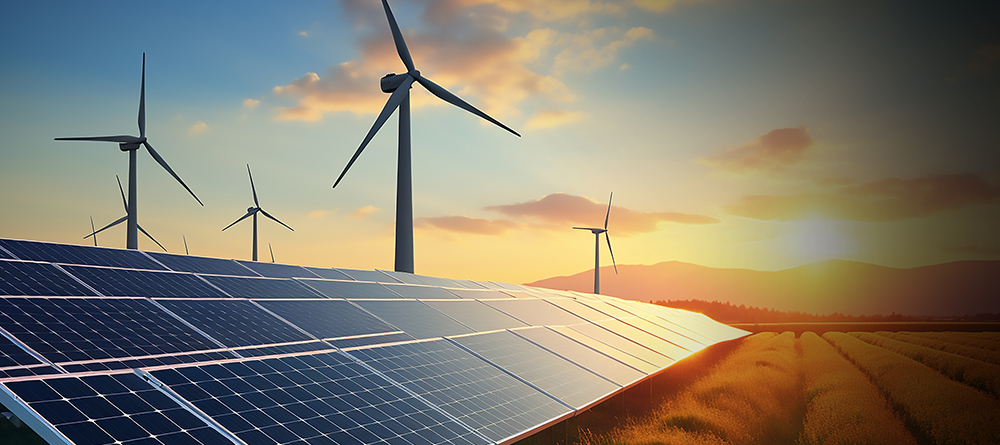

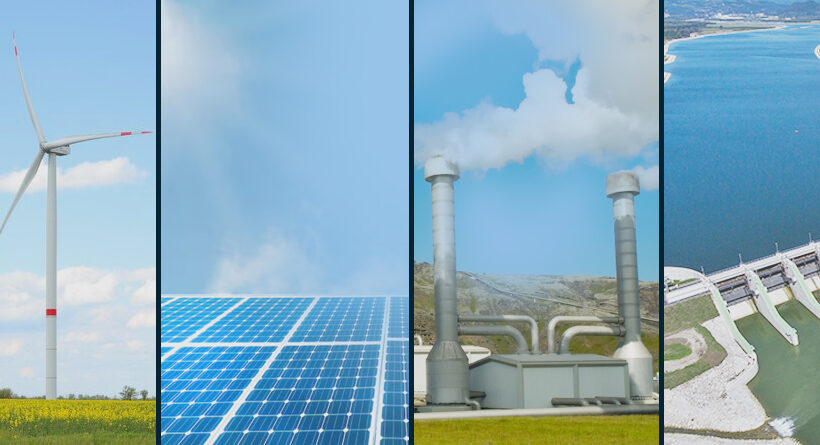
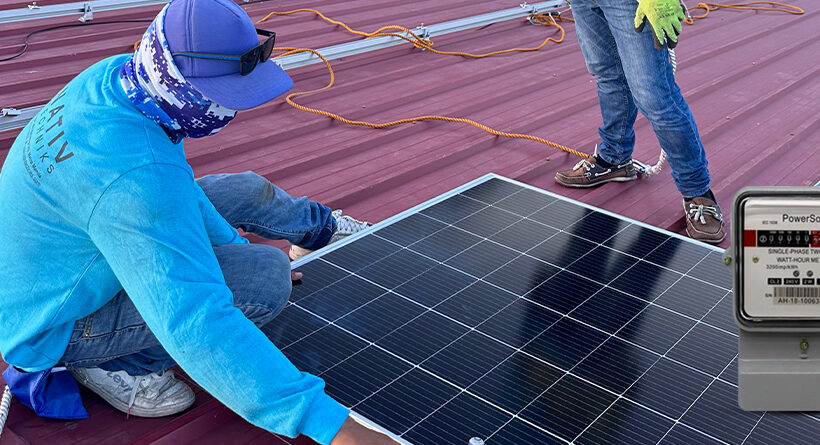


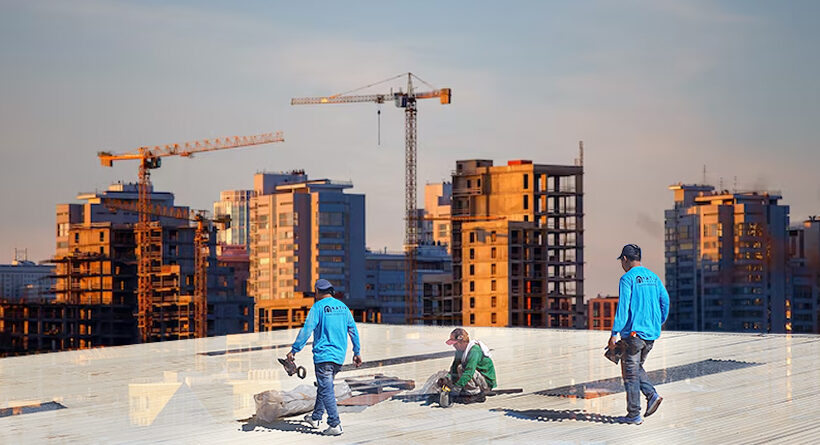

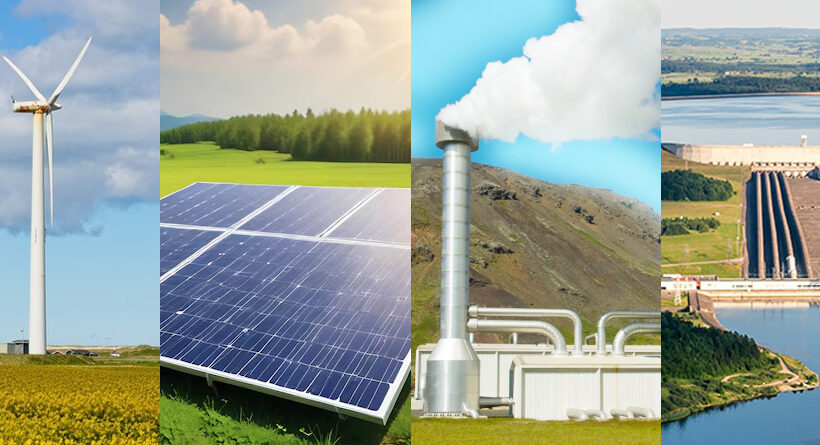
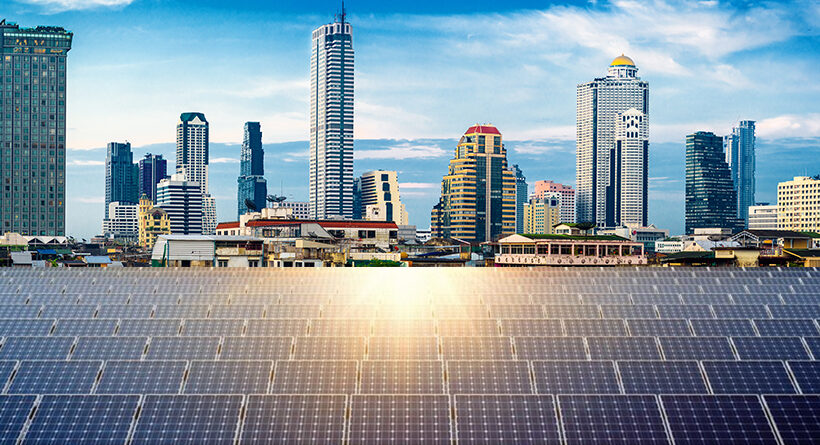
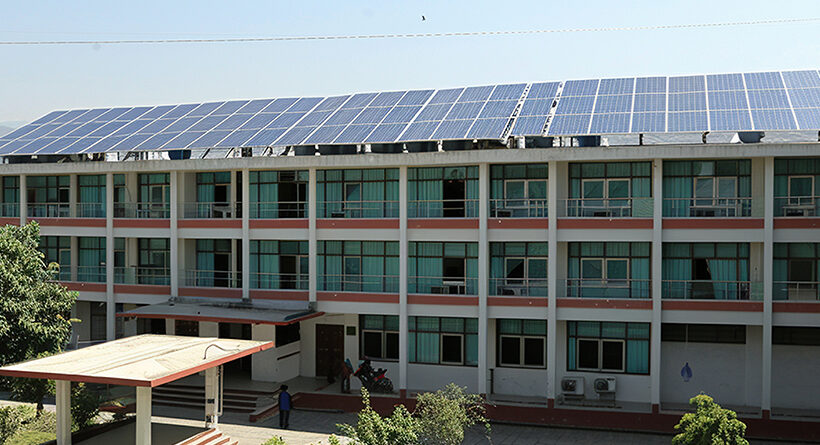
Leave a Reply